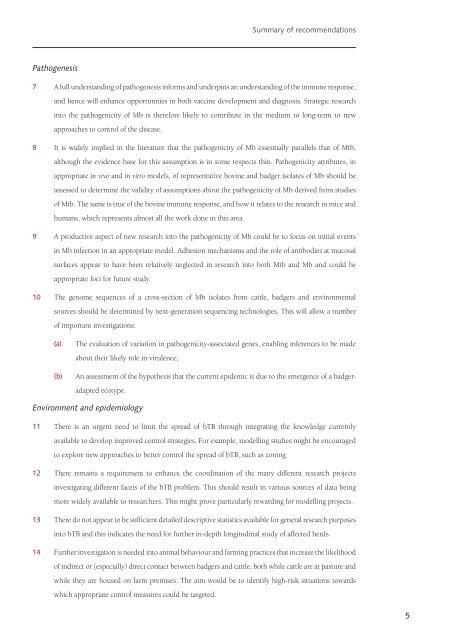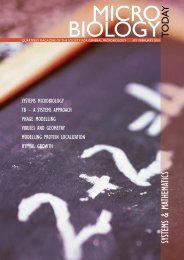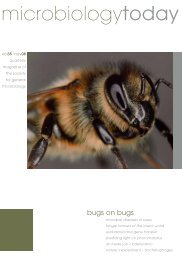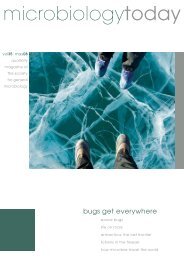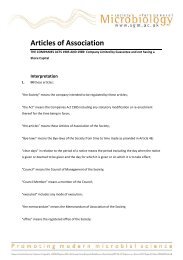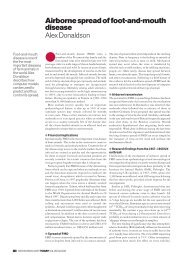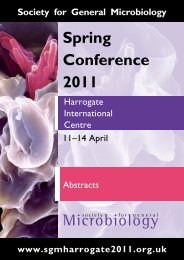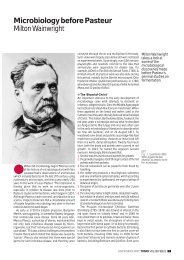final report - ARCHIVE: Defra
final report - ARCHIVE: Defra
final report - ARCHIVE: Defra
You also want an ePaper? Increase the reach of your titles
YUMPU automatically turns print PDFs into web optimized ePapers that Google loves.
Summary of recommendations<br />
Pathogenesis<br />
7 A full understanding of pathogenesis informs and underpins an understanding of the immune response,<br />
and hence will enhance opportunities in both vaccine development and diagnosis. Strategic research<br />
into the pathogenicity of Mb is therefore likely to contribute in the medium to long-term to new<br />
approaches to control of the disease.<br />
8 It is widely implied in the literature that the pathogenicity of Mb essentially parallels that of Mtb,<br />
although the evidence base for this assumption is in some respects thin. Pathogenicity attributes, in<br />
appropriate in vivo and in vitro models, of representative bovine and badger isolates of Mb should be<br />
assessed to determine the validity of assumptions about the pathogenicity of Mb derived from studies<br />
of Mtb. The same is true of the bovine immune response, and how it relates to the research in mice and<br />
humans, which represents almost all the work done in this area.<br />
9 A productive aspect of new research into the pathogenicity of Mb could be to focus on initial events<br />
in Mb infection in an appropriate model. Adhesion mechanisms and the role of antibodies at mucosal<br />
surfaces appear to have been relatively neglected in research into both Mtb and Mb and could be<br />
appropriate foci for future study.<br />
10 The genome sequences of a cross-section of Mb isolates from cattle, badgers and environmental<br />
sources should be determined by next-generation sequencing technologies. This will allow a number<br />
of important investigations:<br />
(a)<br />
(b)<br />
The evaluation of variation in pathogenicity-associated genes, enabling inferences to be made<br />
about their likely role in virulence;<br />
An assessment of the hypothesis that the current epidemic is due to the emergence of a badgeradapted<br />
ecotype.<br />
Environment and epidemiology<br />
11 There is an urgent need to limit the spread of bTB through integrating the knowledge currently<br />
available to develop improved control strategies. For example, modelling studies might be encouraged<br />
to explore new approaches to better control the spread of bTB, such as zoning.<br />
12 There remains a requirement to enhance the coordination of the many different research projects<br />
investigating different facets of the bTB problem. This should result in various sources of data being<br />
more widely available to researchers. This might prove particularly rewarding for modelling projects.<br />
13 There do not appear to be sufficient detailed descriptive statistics available for general research purposes<br />
into bTB and this indicates the need for further in-depth longitudinal study of affected herds.<br />
14 Further investigation is needed into animal behaviour and farming practices that increase the likelihood<br />
of indirect or (especially) direct contact between badgers and cattle, both while cattle are at pasture and<br />
while they are housed on farm premises. The aim would be to identify high-risk situations towards<br />
which appropriate control measures could be targeted.<br />
5


